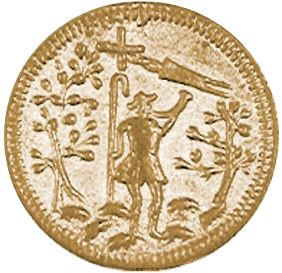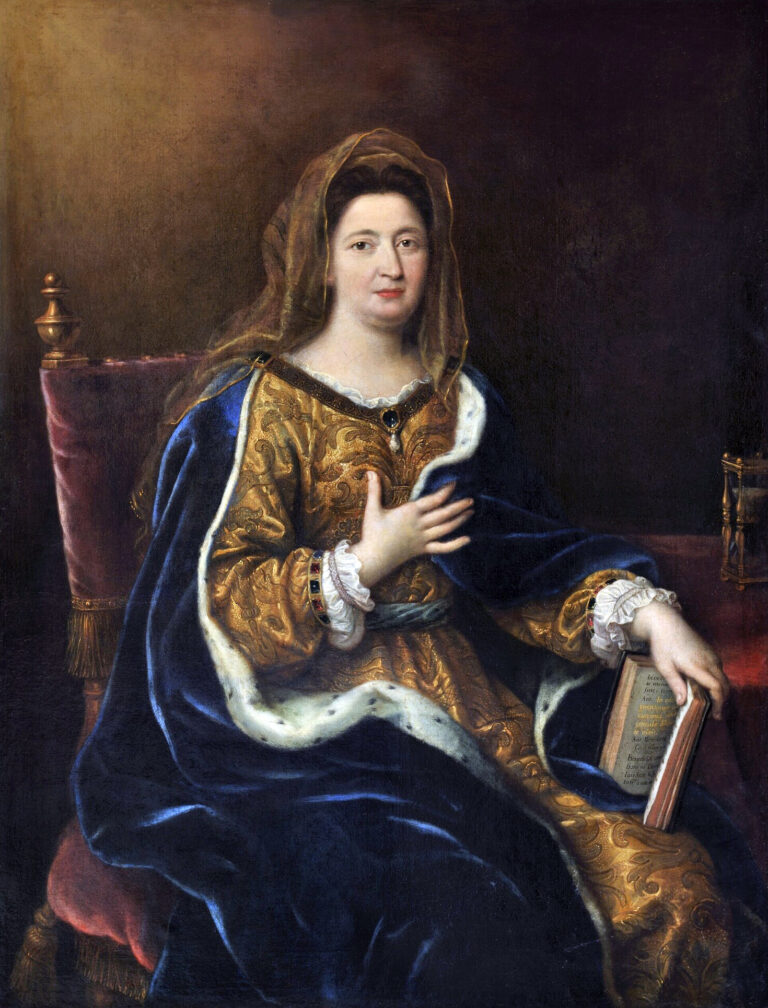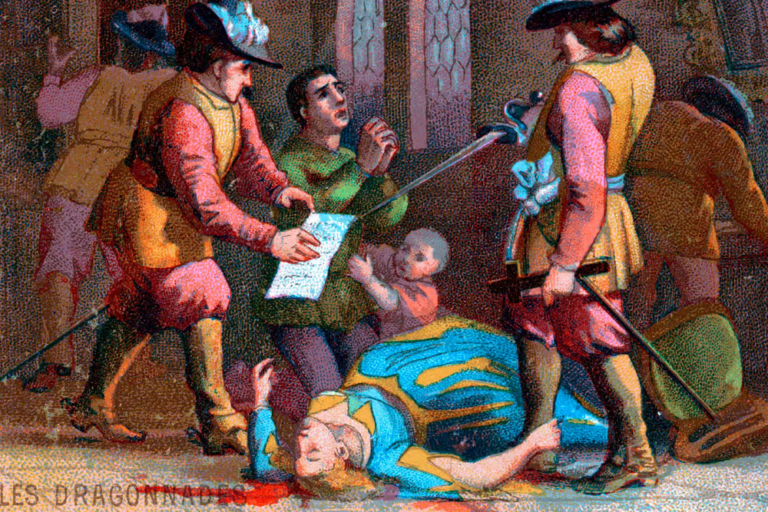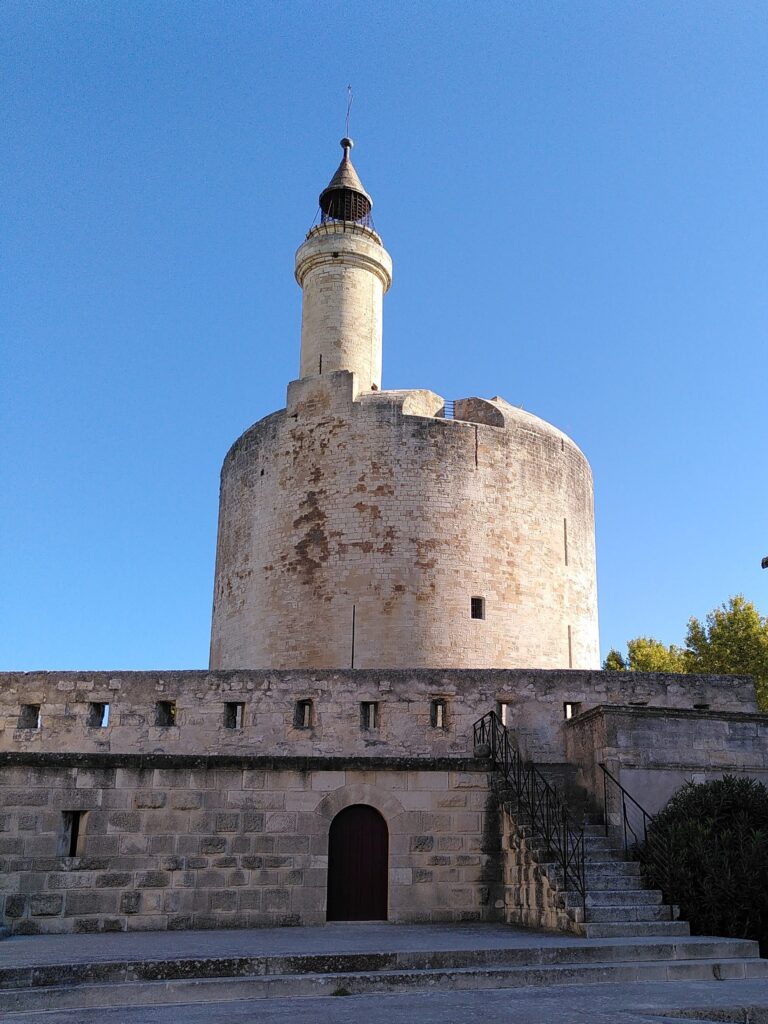L is for Louvois – Secretary of state for war
A contribution to the #AtoZchallenge 2024 Early life The Marquis de Louvois began his life as François-Michel Le Tellier. His father, Michel Le Tellier, was the long-term secretary for war under Louis XIV and one of the wealthiest and most powerful officials in France. He groomed his son as his replacement. The task was no easy…










